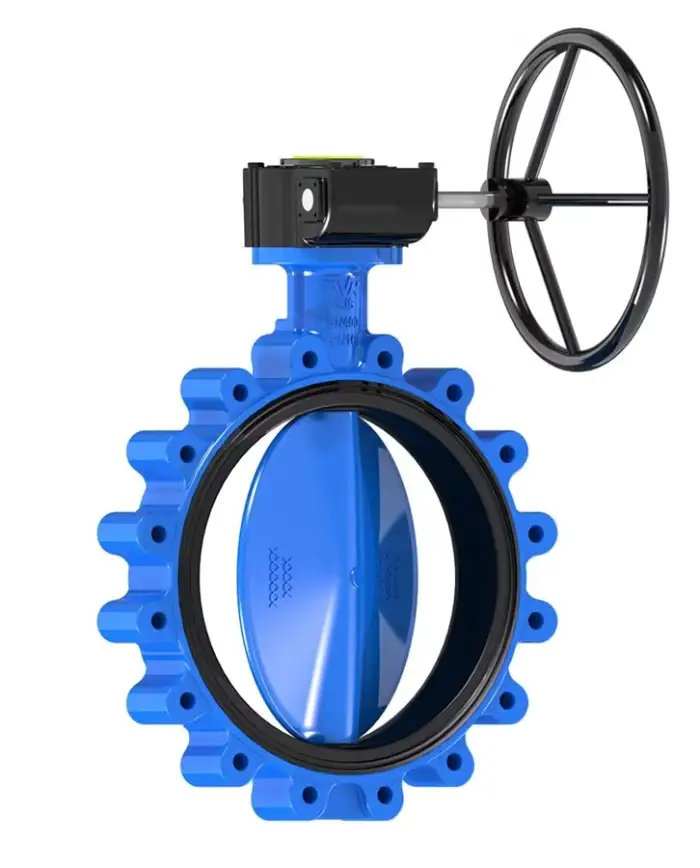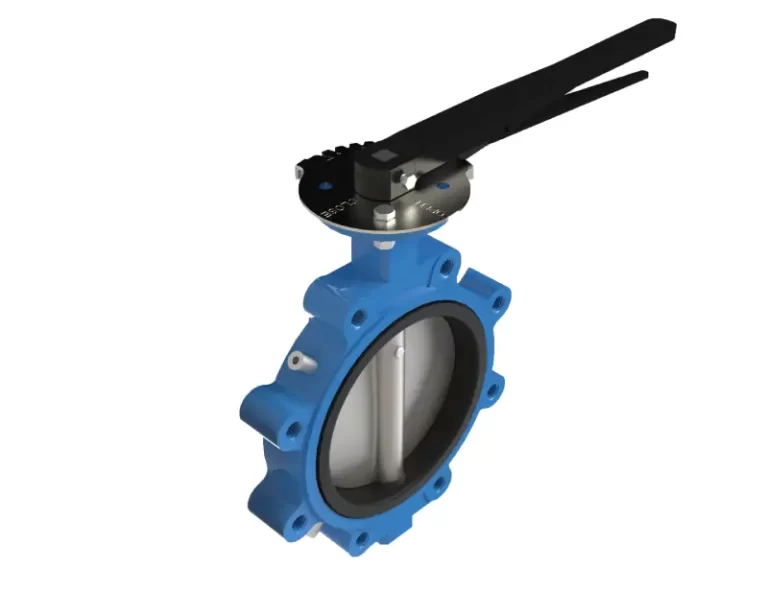Butterfly valves have gained widespread popularity in various industries for their efficiency and versatility. These valves are crucial components in fluid control systems, offering numerous advantages over traditional valve types. In this in-depth exploration, we will delve into what is a Butterfly valve, its types, applications, and much more. So, let’s spread our wings and soar into the world of Butterfly valves.
Introduction
In the realm of fluid control, Butterfly valves have emerged as indispensable tools. Their simple yet effective design makes them suitable for a wide range of applications. Understanding what is a Butterfly valve and its intricacies is essential for engineers, technicians, and anyone interested in fluid mechanics. This article aims to provide a comprehensive overview, shedding light on every aspect of Butterfly valves.
What Is Butterfly Valve?
At its core, a Butterfly valve is a quarter-turn rotational motion valve used to regulate the flow of fluids within a pipeline. It derives its name from the wing-like disc that rotates inside the valve body to control the flow. This disc, often referred to as the “butterfly,” can be positioned at different angles to modulate the fluid flow, making Butterfly valves highly versatile.
Anatomy of a Butterfly Valve
Understanding the anatomy of a Butterfly valve is crucial to comprehend its functioning fully. The key components include:
1. Body: The outer shell of the valve, which houses all the internal components.
2. Disc: The disc, often referred to as the “butterfly,” is the central component responsible for controlling the flow.
3. Stem: The stem connects the operator (lever, gear, or actuator) to the disc, allowing for rotational movement.
4. Seat: The seat is the sealing surface that ensures a tight shut-off when the valve is closed.
Now that we’ve dissected the Butterfly valve’s structure, let’s explore its types.
Types of Butterfly Valves
Butterfly valves come in various types, each designed for specific applications. Understanding these types is essential to choose the right valve for your needs. Here are some common ones:
1. Concentric Butterfly Valve
The concentric Butterfly valve features a symmetric design, with the stem passing through the center of the disc. This design ensures a tight seal and is ideal for applications with low to moderate pressure.
2. Eccentric Butterfly Valve
In an eccentric Butterfly valve, the stem is positioned off-center, creating an eccentric motion when opening and closing the valve. This design is suitable for high-pressure and high-temperature applications.
3. Double Offset Butterfly Valve
The double offset Butterfly valve has both the stem and the disc offset from the centerline of the valve body. This design reduces wear and tear on the seat, making it suitable for high-performance applications.
4. Triple Offset Butterfly Valve
For critical applications requiring tight shut-off and minimal leakage, the triple offset Butterfly valve is the go-to choice. It features three offsets: the stem, the disc, and the seat.
Now that we’ve covered the types, let’s move on to the diverse applications of Butterfly valves.

Applications of Butterfly Valves
Butterfly valves find applications in a wide array of industries and sectors, thanks to their versatility. Some notable applications include:
- Water Treatment: Butterfly valves are used to control the flow of water in treatment plants, ensuring the proper distribution of treated water.
- Oil and Gas: In the oil and gas industry, Butterfly valves regulate the flow of crude oil, natural gas, and various fluids in pipelines.
- Chemical Industry: These valves are crucial for managing the flow of chemicals in chemical processing plants, ensuring safety and efficiency.
- HVAC Systems: Butterfly valves play a vital role in heating, ventilation, and air conditioning systems, controlling the flow of air and water.
- Food and Beverage: In food processing facilities, Butterfly valves are used to handle liquids, powders, and slurries, maintaining hygiene standards.
- Marine Industry: Butterfly valves are used in shipbuilding and marine applications to manage ballast water, fuel, and other fluids.
Advantages of Butterfly Valves
Understanding the advantages of Butterfly valves can help you appreciate their significance in various industries. Some key benefits include:
- Quick Operation: Butterfly valves can be rapidly opened or closed with a quarter-turn motion, making them ideal for applications requiring quick adjustments.
- Low Pressure Drop: These valves have a minimal pressure drop across the valve body, reducing energy consumption.
- Cost-Efficient: Butterfly valves are generally more affordable than other valve types, making them a cost-effective choice.
- Space-Saving: Their compact design saves space, making them suitable for installations with limited room.
- Low Maintenance: Butterfly valves are easy to maintain, with fewer components prone to wear and tear.
- Versatility: They can handle a wide range of fluids, including gases, liquids, and slurries.
Conclusion
In conclusion, understanding what is a Butterfly valve, its types, applications, and advantages is essential for anyone dealing with fluid control systems. These versatile valves have revolutionized numerous industries, offering efficiency and cost-effectiveness. Whether you’re managing water treatment processes, handling chemicals, or operating in the oil and gas sector, Butterfly valves play a crucial role in ensuring smooth operations. So, embrace the world of Butterfly valves and make informed choices for your fluid control needs.
FAQs
Q: Are Butterfly valves suitable for high-pressure applications?
A: Yes, there are specific types of Butterfly valves, such as the eccentric and triple offset varieties, designed for high-pressure applications.
Q: What materials are Butterfly valves typically made of?
A: Butterfly valves can be constructed from various materials, including stainless steel, cast iron, PVC, and more, depending on the application.
Q: How do I choose the right size of Butterfly valve for my system?
A: Selecting the appropriate valve size depends on factors like flow rate, pressure, and pipe diameter. Consulting a professional is advisable for accurate sizing.
Q: Can Butterfly valves be used for throttling or regulating flow?
A: While Butterfly valves are primarily used for on-off applications, some designs are suitable for throttling when precise control is not required.
Q: Do Butterfly valves require lubrication?
A: In most cases, Butterfly valves do not require lubrication, as their design minimizes friction.
Q: Are Butterfly valves suitable for corrosive fluids?
A: Yes, Butterfly valves can be constructed with materials resistant to corrosion, making them suitable for handling corrosive fluids.
